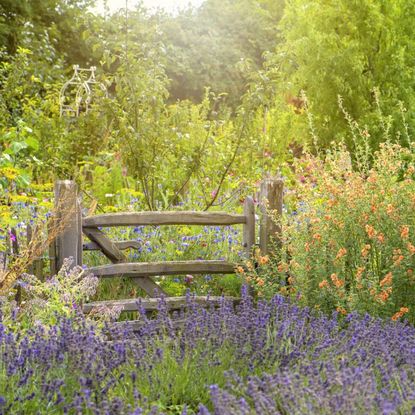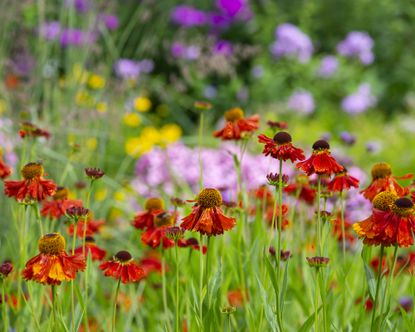Landscape Design
Good landscape design can be fun and rewarding with a little prior planning. Consider the shape and size of your property, any hardscape needs, how to do it, and your own personal style to make it reflect your taste. Read here for ideas.
Explore Landscape Design
Landscape Design
-
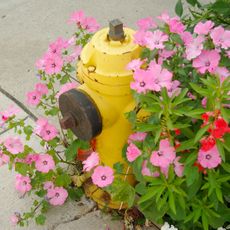
Landscaping Around A Fire Hydrant: Landscaping Tips And Safety Considerations
It might not sound like the obvious choice for a landscaping project, but a fire hydrant can work with a bigger gardening vision. Follow our tips on landscaping around a fire hydrant
By Mary Ellen Ellis
-

Cheap Fence Ideas For A Pretty And Private Yard
You don’t need to spend a fortune to box in your garden. Take these cheap fencing ideas for your garden and budget and run with them.
By Mary Ellen Ellis
-
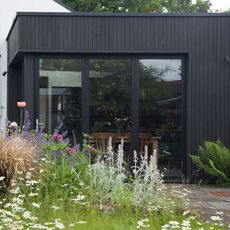
Dark Home Exterior? Choose The Right Plants With Our Expert Dark House Landscaping Tips
If the front or back of your house is very dark, what are the implications for the plants you grow? We reveal how understanding dark house landscaping can help you pick the right plants
By Susan Albert
-
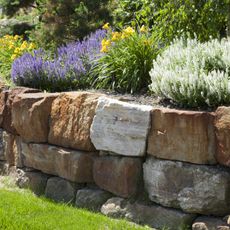
Free Stones For Landscaping: Best Places To Find Them
It’s fun to find sources for free stones and landscaping rocks. You may be surprised at who might thank you for taking them away for free.
By Mary Ellen Ellis
-
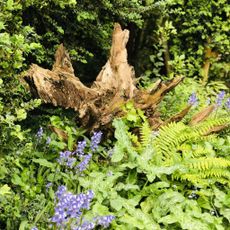
Victorian Stumpery Gardens: A Traditional Way To Garden Sustainability
A Victorian stumpery garden turns a sun-deprived spot into an enchanting, environmentally friendly wonderland of ferns and shade loving plants.
By Teo Spengler
-
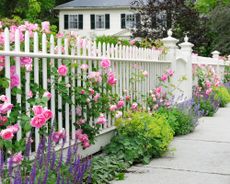
10 Front Yard Plants That Will Add Value To Your Home – According To Experts
These stand-out plants will boost your home's curb appeal and make it more appealing to buyers. Invest in your front yard landscaping now, and these expert picks will be established by the time you move on.
By Melanie Griffiths
-
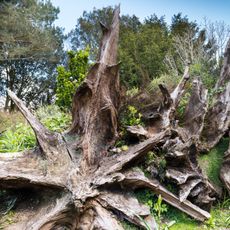
Stumpery Garden Ideas: Turning Logs Into A Lovely Garden
If you have broken or felled tree stumps available, check out some garden stumpery ideas and create a charming shady corner of your yard or garden.
By Mary Ellen Ellis
-
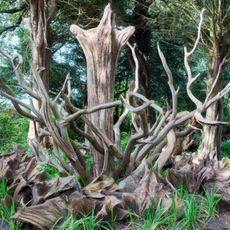
Woodland Stumpery Garden Design – Working Wonders With Woodland Stumperies
Grow a beautiful woodland stumpery garden with woodland plants interspersed in, on and near tree stumps of all kinds and sizes.
By Teo Spengler
-
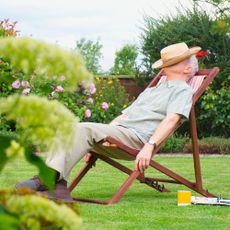
10 Low-Maintenance Front Yard Landscaping Ideas Lazy Gardeners Will Love
Lazy gardeners, rejoice! Here are 10 low-maintenance front yard landscaping ideas to lighten your landscaping load and give you more time to actually enjoy your outdoor space.
By Laura Walters
-
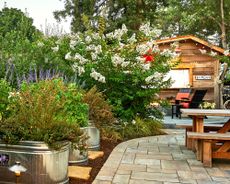
How A Tricky, Overlooked Plot Was Transformed Into A Suburban Oasis
Surrounded by six neighbors on an awkwardly shaped flag lot, this California garden feels tranquil and private – thanks to a clever landscaping scheme of outdoor rooms that work in harmony with the newly built house.
By Liz Baessler
-
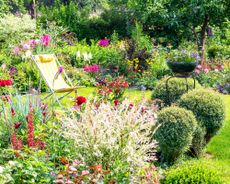
Garden Makeover Dos and Don’ts – Expert Tips To Guide Your Redesign
Get the best out of your garden makeover with these essential tips that will help you to plan and create the perfect design.
By Melanie Griffiths
-

6 Ways The Goth Gardening Trend Is Surprisingly Sophisticated And Sustainable
It's time to rethink your assumptions about goth gardens. This deliciously dark theme offers a wealth of design inspiration that all gardeners can learn from.
By Melanie Griffiths
-
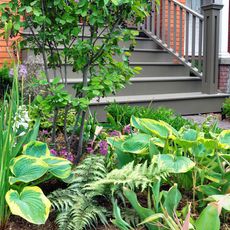
How To Remove Grass For A Garden Using The Simple And Sustainable No-Till Method
Kick grass to the curb! Turn your boring lawn into a beautiful garden with the easy and eco-friendly no-till method.
By Laura Walters
-
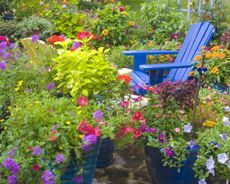
7 Things That Make A Garden Look "Cheap" – And How To Elevate Its Design
Are you bringing down your neighborhood with poor design choices? Experts reveal the key mistakes gardeners make with landscaping and planting schemes.
By Melanie Griffiths
-

Ultimate Guide to Outdoor Living
From outdoor kitchens to garden lighting, our complete guide to outdoor living has everything you need to start spending more time outside.
By Gardening Know How
-
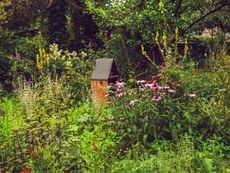
How To Make A Natural Area In Your Garden
Natural gardens with native plants are becoming the conscientious gardener’s choice for a more sustainable yard.
By Mary Ellen Ellis
-

Does Landscaping Increase Home Value?
Does landscaping increase home value? Of course it does, but do it properly to avoid common mistakes.
By Susan Albert
